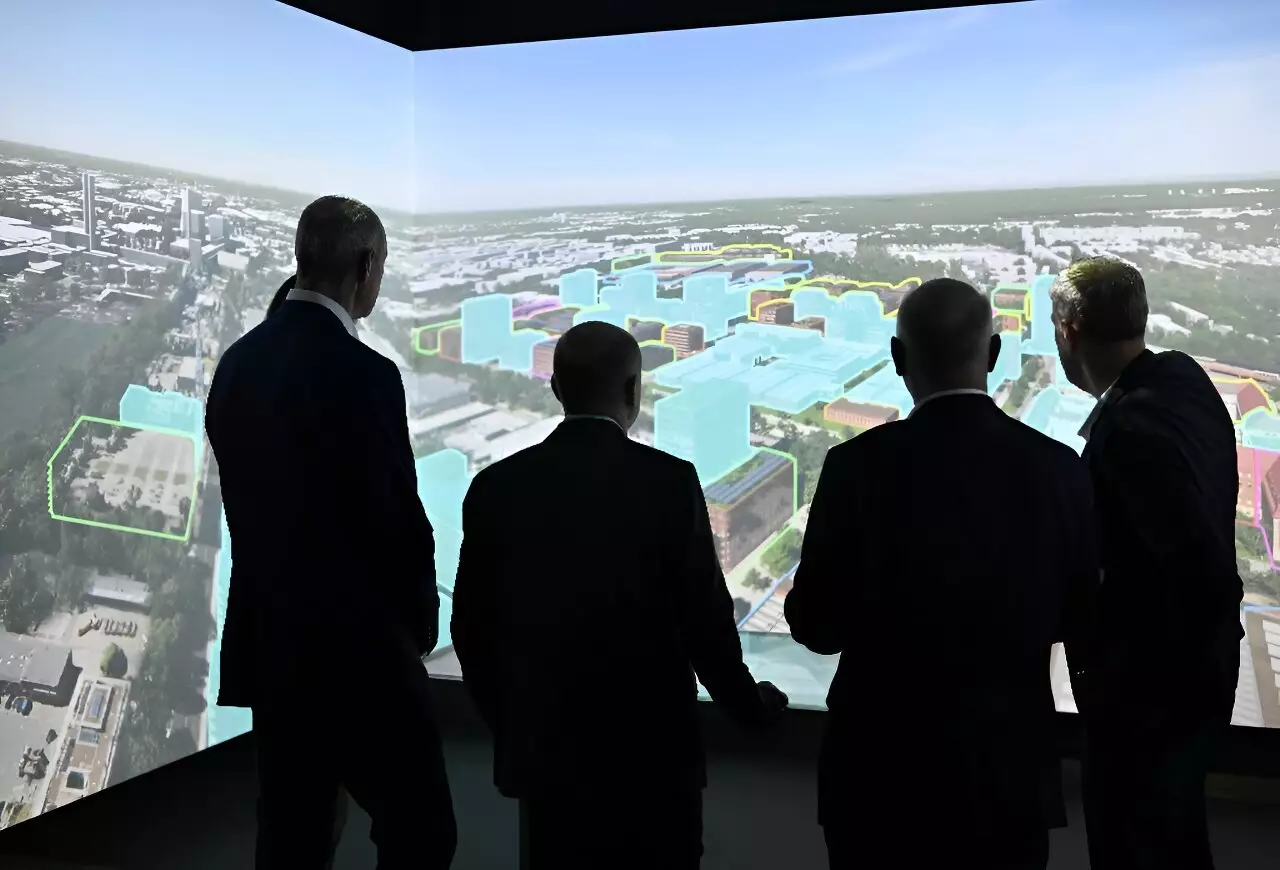Siemens, the German industrial giant, is embarking on a journey to transform the area of Berlin known as Siemensstadt, where the company thrived before the war. The ambitious urban development project, Siemensstadt Square, is set to breathe new life into the district, offering new living spaces for thousands of people and creating thousands of jobs. This initiative is not just about building structures; it’s about creating a harmonious blend of work, research, housing, and life.
Siemensstadt Square aims to be a “district of the future,” a place where innovation and productivity coexist seamlessly. By integrating homes, factories, research centers, offices, shops, and various facilities, Siemens is redefining the urban landscape. Chancellor Olaf Scholz praised the project for embodying the future of both Berlin and German industry, highlighting the significance of this development for the city and the country as a whole.
Siemensstadt has a rich history dating back to the early 20th century when Siemens built its first factories in the area. The company’s commitment to innovation and excellence soon attracted a large workforce, leading to the establishment of Siemensstadt as a vibrant community. However, the challenges of World War II, the division of the city, and the construction of the Berlin Wall halted further growth and progress in the region.
With a workforce of over 380,000 employees, Siemens has evolved its business strategy to focus on digital technology, moving away from traditional industrial production. As part of this shift, Siemensstadt Square will not include employee housing, marking a departure from the past. The decision to collaborate with developers to build 2,500 homes reflects Siemens’ forward-thinking approach to urban development.
The 76-hectare Siemensstadt Square is a testament to Siemens’ commitment to innovation, sustainability, and community engagement. By integrating various elements of urban life, such as housing, research, education, and leisure, Siemens is setting a new standard for urban development. The project’s completion in 2035 will signify a new chapter in the history of Siemensstadt, one that embodies progress, collaboration, and resilience.


Leave a Reply